Schedule a Call Back
GeM has potential to reach Rs 5-7 trillion in GMV: Talleen Kumar
 Interviews
Interviews- Oct 01,20
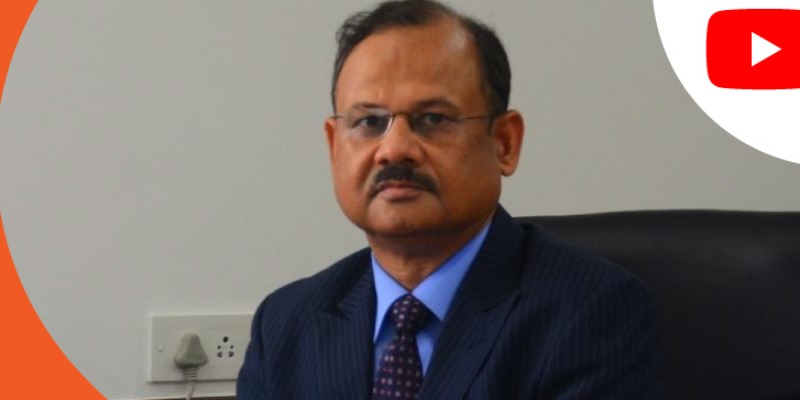
Government e-Marketplace (GeM) - launched on in August 2016 by the Commerce & Industry Minister - is dynamic, self-sustaining and user-friendly portal for making procurement by Government Departments and public sector undertakings (PSUs). GeM is an important part of Government reform to make public procurement transparent and efficient. GeM has helped all state and centre government organisations cumulatively save around $ 1 billion, says Talleen Kumar, IAS, Chief Executive Officer of Government e-Marketplace (GeM), which transacts goods and services of over Rs 630 billion in gross merchandise value (GMV) annually.
In his postings, Talleen Kumar has endeavoured to conceptualise and execute transformational ideas while simultaneously bringing in lasting change in government processes, often with the judicious use of new technologies. As the head of GeM, he aims to make the procurement portal more user-friendly and transparent, and set up a global benchmark. At present, more than 46,800 buyers (from central and state government organisations) and 5.32 lakhs sellers- out of which 1.24 lakh are micro, small, and medium enterprises (MSMEs) - have enrolled on GeM.
In this exclusive interview with Rakesh Rao, Talleen Kumar shares his plans to create a vibrant buyer-seller ecosystem and further strengthen GeM by adding features and functionalities using cutting edge technologies.
How has Government e-Marketplace helped in streamlining public procurement process?
The mandate of Government e-Marketplace, which is the government portal, is to help state and central government organisations in the procurement of goods and services. Procurement is done in three verticals - goods, services and works. Works is not currently the mandate of GeM.
Since its inception, the number of sellers on GeM has crossed 5.32 lakhs (out of which 1.24 lakh are MSMEs). Goods & services of gross merchandise value (GMV) of over Rs 630 billion are transacted on GeM annually.
At present, more than 46,800 buyers (from central and state government organisations) have enrolled on GeM. Even though a couple of state government organisations have not signed MoU with GeM, they are using GeM for procurement. Buyers want to come on Government e-Marketplace because it offers transparency, efficiency and fast procurement.
The World Bank has estimated, through the analysis of our 1.6 lakh tenders, that the average savings compared to the median pricing in GeM is about 9.75 per cent. If you apply that percentage to the gross merchandise value on GeM, during the last four years for all state and centre government organisations, we would have saved around $ 1 billion.
That is a very significant amount and is only the beginning. Government e-Marketplace has the potential to reach Rs 5-7 trillion sales in gross merchandise value (GMV) annually, which is about 5 per cent of the country's GDP. This is just a ballpark figure. GeM will strive to get as close to the target as possible by meeting all requirements of diverse buyers like CPSEs, railways, defence, state government organisations, etc.
What makes Government e-Marketplace unique?
GeM is much more than just a national public procurement portal. In the last four years, GeM has triggered the largest change management exercise across the country from legacy systems to digitization of processes.
Technology, analytics and digitization have given a lot of visibility into procurement. Earlier, in absence of technology, organisations would rely of physical quotations for tenders that too from limited set of suppliers. GeM has made the entire universe of sellers available to the buyer. So, the intent of GeM is to reach out to all the sellers for the buyer’s specifications and find the lowest value from the marketplace. This was not possible in the earlier manual system. This is why GeM is so different from other procurement portal.
The vision for GeM - set by the Prime Minister himself - is based on the three pillars of inclusivity, useability and transparency, followed by cost savings and efficiency. GeM promotes widespread use of digital platform by its own vendors so that they can grow with it. It is cost-efficient and leads to savings during procurement. People want the government to be inclusive and transparent. The three pillars of GeM actually bring the government closer to the people. This is the uniqueness of GeM.
It is nice to have a good intent (such as giving preference to Make in India products, encouraging MSMEs, etc), but how do you translate it into policy actions? You can only do so through a digital platform like Government e-Marketplace. So, GeM ensures efficient transmission of policy intent.
All these attributes make Government e-Marketplace much more than a simple procurement portal.
What is the significance of GeM 4.0?
GeM 4.0 marks the very important milestone in its journey. In the budget speech of 2021, the Finance Minister said that GeM is now moving towards a unified procurement system and GeM 4.0 will be anchored in this system.
Unified procurement system means GeM will bring the functionalities of others publishing portals like Central Public Procurement Portal, Indian Railway Electronic Procurement System, etc. This will accrue three benefits. First economies of scale, second efficient price discovery and, lastly, dissemination of best practices across all vendors.
How does it work? A buyer comes on GeM first and expresses his intention of procuring from the portal by searching for products and services. If they are on GeM, then he procures from it. If they are not on the portal, then he can go for a custom bid on GeM itself so that he doesn't have to leave GeM and go to some other public procurement portal. He can fulfil his procurement needs from GeM itself. This is the essence of the unified procurement system.
We found that in GeM 3.0 there were several functionalities which large buyers wanted, but were missing. As part of GeM 4.0, in addition to adding new categories, we have simultaneously created a number of very powerful features and functionalities on the portal, which will enable the large buyers such as defence, Central Public Sector Enterprises (CPSEs) and railways to procure from GeM.
Integration with Trade Receivables Discounting System (TReDS) for enabling bill discounting for sellers has been completed. The number of categories has increased to more than 8500 from about 3556 a year ago. The number of sellers has gone up from 2.55 lakhs to 5.32 lakhs now. The cumulative gross merchandise value has increased from Rs 32,942 crore to more than Rs 63,000 crore. We have achieved all these gains in the last one year.
From July onwards, we have been continuously adding new features and functionalities to march towards 4.0. By September, it would have largely reached a major milestone. The technology roadmap that we have created for GeM consists of advanced analytics and business intelligence, and natural language processing to have more efficient and effective systems.
In addition, we have already started work on GeM 5.0 which will have more advanced features mainly led by cutting edge technologies.
Delay in payments from the buyer has been a key issue for MSME vendors. How GeM helps in ensuring timely payment to the supplier?
The government has taken a number of steps in this direction.
There are two kinds of entities - PFMS (Public Financial Management System) and non-PFMS like CPSEs. For PFMS entities, only when funds are blocked, orders can be given and after 10 days of CRAC (Consignee Receipt and Acceptance Certificate), payment has to be made. If the buyer doesn’t make the payment then the interest will be levied at the rate of 1 per cent per month. This order has been passed on July 3, 2020.
If the seller delivers and the provisional receipt certificate (PRC) is not generated by the buyer in four days, then GeM intervenes and generates PRC. Similarly, if after 10 days of delivery, CRAC is not generated by the buyer, then GeM intervenes and generates the certificate. Ten days after CRAC if the payment is not done, then the interest is levied on the buyer. So, these are very powerful and historical steps taken by the government to ensure timely payment to sellers.
This will create a strong ecosystem of good sellers and buyers and will actually lower the average cost of procurement because if you don't make timely payment to sellers, they will factor in this uncertainty in their price. If this happens, then even the buyer, who wants to pay on time, will also be quoted higher prices for no fault of his. So, it is essential for the buyer to pay the sellers on time to have a vibrant buyer-seller ecosystem.
How do you intend to strengthen GeM platform further?
GeM 5.0 is meant to strengthen the portal by making it more user friendly for buyers and sellers with improved user interface and user experience. We will add features and functionalities by using technologies like artificial intelligence, natural language processing, etc to create a system for the buyer which will help him to do his procurement planning and monitoring entirely on GeM. This will be achieved through use of right technology and analytic tools.
Through 5.0, we also want to add feature of bringing GeM very close to the buyer. For example, we can integrate GeM with the buyer’s ERP system so that the buyer can place an order on GeM through the ERP system. Evaluation can happen on ERP, but the placement of orders and subsequent payments can be done through GeM seamlessly while the buyer is in their ERP system. We are doing this with Railways for all their stock and non-stock items. We are integrating the Indian Railways' Integrated Material Management System (IMMS) and Indian Railways' Electronic Procurement System (IREPS) with GeM so that bids can be seamlessly placed by Railways on GeM.
Then we are trying to consume scanned documents uploaded by various sellers. Unless you digitise, you will fail to make good use of these documents. We are trying to install features, which can extract text from embedded images, and use it for various decision-making processes in GeM.
In the marketplace, there are various kinds of malpractices and anomalies, and many people may try to game the system. Whenever there is anomalous behaviour, we would flag it and take corrective measures.
All these features will enhance buyer and seller experience, increase useability and transparency, and make it more cost efficient. Finally, the idea is to take GeM to an international level and benchmark our processes so that it becomes a truly global platform.
Related Stories

Transrail Lighting bags Rs 7 bn orders in power and infrastructure sectors
Transrail Lighting wins Rs 7.01 billion in new domestic and international orders, taking FY26 order inflow beyond Rs 23 billion across T&D, civil, and poles & lighting businesses.
Read more
A&D, auto businesses drive Raymond's Q1 growth with Rs 5.24 bn revenue
Raymond posts Rs 5.24 billion Q1 FY26 revenue, up 17 per cent YoY, led by strong aerospace & defence (A&D) and precision technology growth; signs key deals with Pratt & Whitney and Safran Engines.
Read more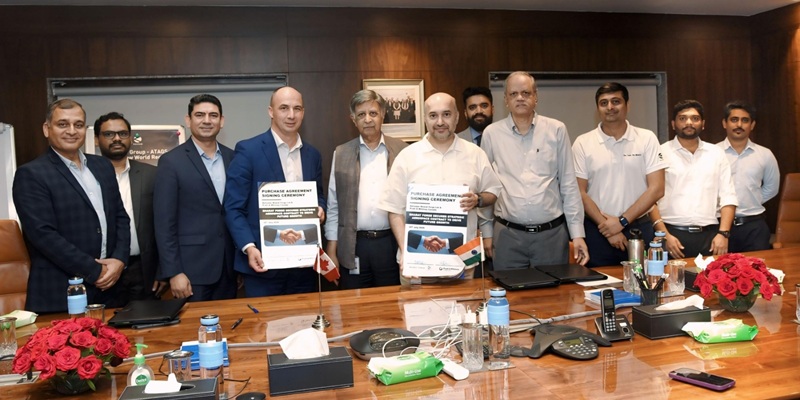
Bharat Forge to Set Up Advanced Ring Mill for Aerospace Applications
Bharat Forge Ltd. is establishing a state-of-the-art ring mill for aerospace applications, strengthening its partnership with Pratt & Whitney Canada, and advancing India’s aerospace manufacturing ..
Read moreRelated Products
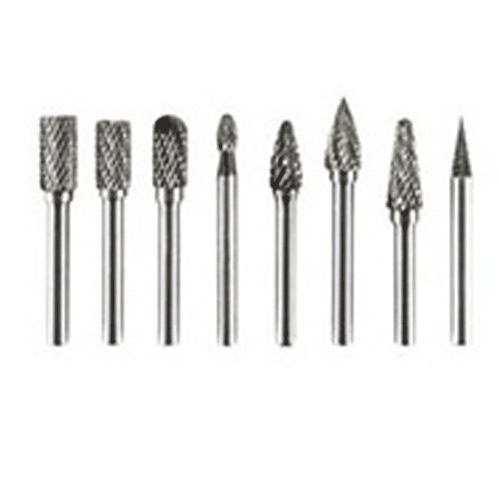
Carbide Burrs
SRT Industrial Tools & Equipments offers a wide range of carbide burrs.
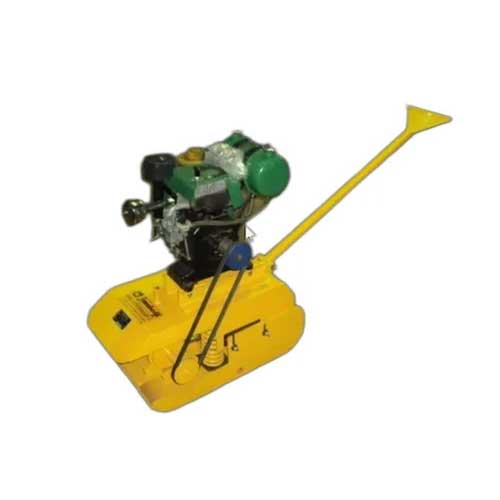
Jamshedji Soil Compactor
Jamshedji Constro Equip Pvt Ltd offers a wide range of jamshedji soil compactor.
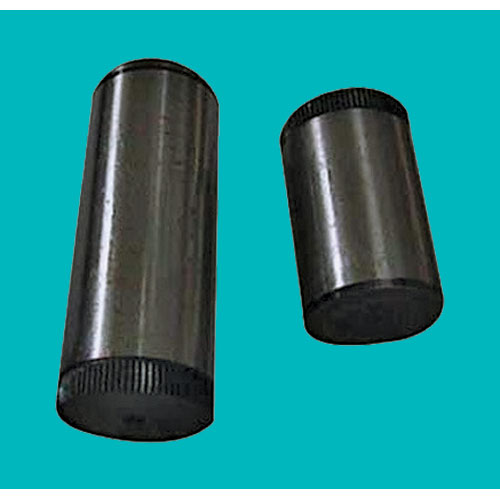
Ground Pins
Hans Machineries Private Limited offers a wide range of pins, hardened & ground. Read more

















